
views
Creating the Right Environmental Conditions

Know your plants. No matter how much care and attention you give to plants, they aren't going to thrive if you don't know their specific needs. This is true whether you're buying a houseplant or planning an outdoor vegetable or flower garden. Some plants are able to do well in a variety of climates, but others require a controlled environment or can only survive in a specific region. Before planting a garden or adding a plant to your potted collection, search online or ask an expert at a nursery questions about what conditions the plants need. Figure out in what region the plants do best. Just because a plant isn't native to your area doesn't mean you can't grow it, but it's usually much easier to grow plants that do well in your region's climate, temperature and soil. For indoor plants, maintain a fairly steady temperature. If you're cold, your plant is cold, too. Avoid putting your green friends in drafty places. If you think it's chilly, so do they.
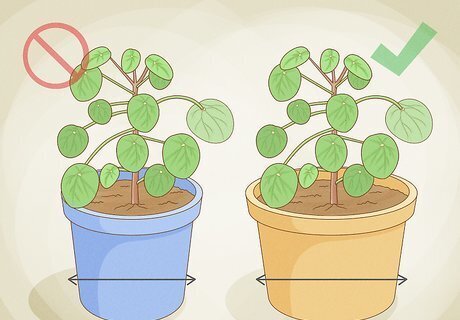
Make sure the container or pot you are using is big enough. Plants need room to grow. A sure fire plant killer is allowing the roots to become crowded. If you're planting directly in the ground, be sure to allow enough space between plants. If you have your plants in pots, then check the roots once per year to see if they look crowded. If they do, then break them up and repot your plant in a larger pot. This will promote new growth. If you don't want to transfer to a larger container, then you can also trim the roots and then repot the plant.
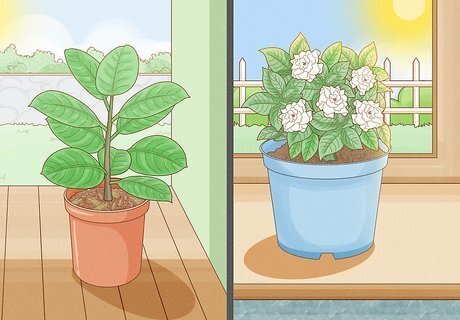
Provide the right amount of sunlight. Plants generally need either full sunlight, partial sunlight, or partial shade. This relatively simple distinction has a big impact on how well plants do. Take a look at your yard before purchasing plants. Note how much sun the different areas in the yard get before you figure out which plants to buy. If you're plotting a garden, arrange it so that part of the garden is shaded and part of it is exposed, so that you'll have a place for the different types of plants you buy. Most house plants do best in partial shade, which works out well since indoor areas don't usually get full sun. Keep this in mind before you decide to put a potted plant in a place where it will get hours of direct sunlight; you may end up exposing it for too long. If you notice your plant becoming thin and reaching toward the light, it needs to be closer to the sunshine. EXPERT TIP Gus Briones Gus Briones Landscaping Specialist Gus Briones is a Landscaping Specialist based in Lake Elsinore, California. Gus has over 25 years of industry experience working on renovations and new builds for clients. He specializes in landscaping, landscape maintenance, and landscape construction. Gus Briones Gus Briones Landscaping Specialist Match plants to yard conditions. Choosing plants is about more than looks — you have to match them to your climate and yard. Check out the microclimates in your spaces and learn what each plant needs before planting. It's easy to pick pretty plants that end up struggling. Do some soil tests, research your conditions, and choose plants that will truly thrive. This saves you trouble down the road.
Providing Water and Food
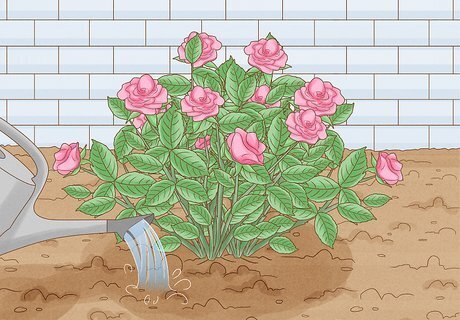
Water the plants only as often as needed. Watering can cause perfectly lovely people to become serial plant killers. They either water too little or too much. Many first-time gardeners or potted plant owners water plants more than necessary, believing that the more water the plant gets, the better. This is true for certain plants, but too much water can kill other plants. Aside from doing research to find out how much water your plants need, here's a trick to help you tell when and how much to water: stick your finger in the dirt about an inch or so. In most cases, you should water your plants when the soil is slightly dry. Pour in enough water so that a little comes out the hole in the bottom of the pot. Avoid flooding the plant with too much water. Make sure that the pots you use have good drainage or the roots may get what is called “wet feet.” This can have a negative effect on your plant. Succulents and other plants acclimated to dry regions usually need less water than plants from wetter regions. They need to dry out completely between waterings. Seedlings generally need more water than adult plants. Keep seedlings constantly moist until they sprout several inches above the soil. Finicky plants like orchids need higher quality water, since they're sensitive to chemicals found in tap water. Use distilled or spring water instead.
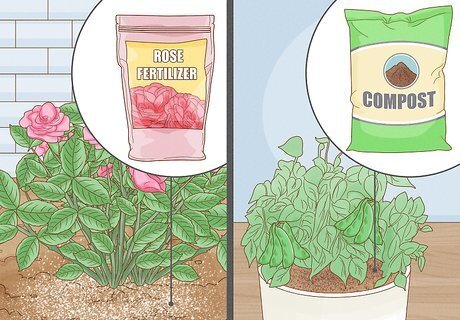
Fertilize. Most avid plant growers use some sort of fertilizer, but that's a matter of preference. If you choose to use fertilizer, visit your local greenhouse and ask questions about what to use and how much. Find out the optimal soil makeup for your plants. Get your soil tested before you plant anything in the ground. You can take soil samples to your local extension office for testing. Consider using compost. Composted fruits and vegetables make for rich, nutritious soil that is great for growing most plants. Keep in mind that some plants, like many species of wildflowers, actually prefer poor soil conditions, so do research to figure out what your plants need before using compost. You can use blood meal, composted poultry litter, or fish emulsion to fertilize your soil.
Using Tricks to Make Plants Thrive
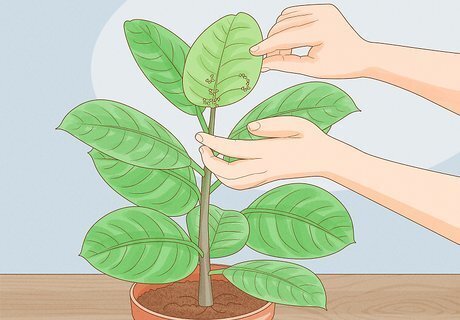
Check your plants often. You should be checking your indoor plants weekly and outdoor plants at least every other day to see how they are doing. This will help you to detect any problems before they get out of hand. Make checking your plants a part of your routine. For example, you could start your day every Saturday by checking all of your houseplants, or you could take a stroll through your garden every day or every other day before you head to work.
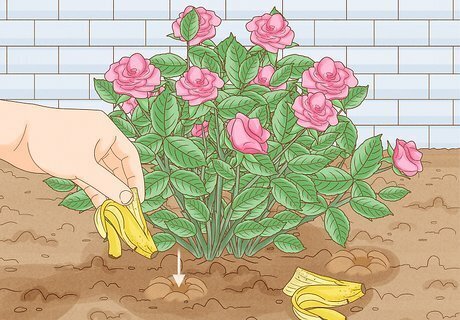
Bury banana peels under rosebushes. Roses need a lot of potassium, which is readily available in bananas. Take out the banana and bury the peel in the soil just under the roots of the rosebush. The potassium will nourish the rosebush throughout its growing season.
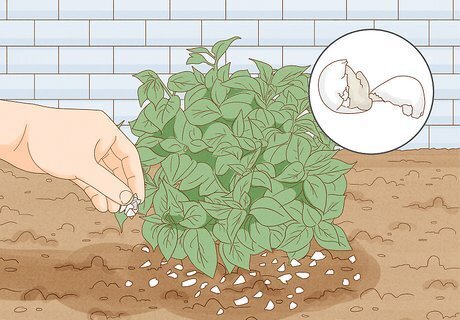
Use crushed eggshells to feed plants. Eggshells leach valuable nutrients into the soil, helping plants like tomatoes thrive throughout the season. Crush up a few and sprinkle them into the holes you dig for each plant, or into the bottom of a pot you're using for an indoor potted plant. Crushed eggshells nourish pepper and tomato plants, helping them bear delicious, flavorful fruit. Eggshells also serve as a natural alternative to pesticides, since they prevent slugs and other pests from attacking plants.
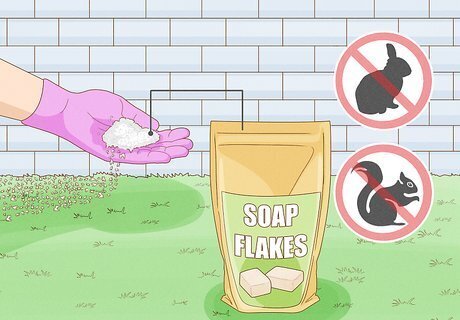
Keep pests away with soap. Outdoor plants are susceptible to getting nibbled on by rabbits, squirrels and other creatures. Keep them away by sprinkling flakes of soap around the garden. Some gardeners also swear by using human hair or predator urine to keep animals away.

Use coins to keep slugs out. Shower a few pennies into your garden if you're having trouble keeping slugs away from your plants. They're repelled by the metal.


















Comments
0 comment